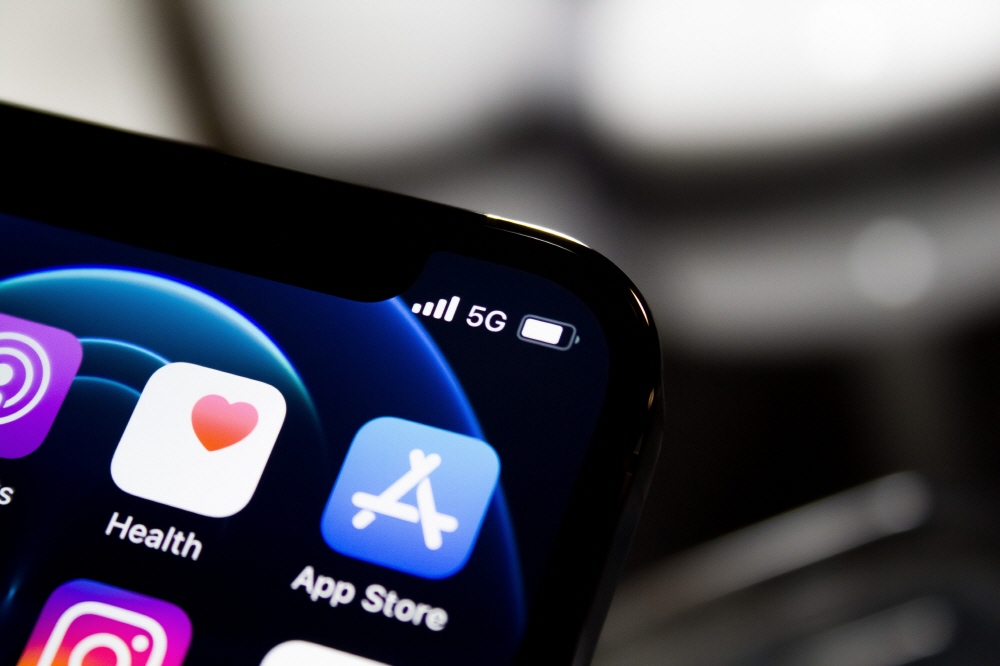
Huawei, a Chinese communication equipment company, is leading the world in the field of 5G network devices, but the United States is accelerating the exclusion of Huawei, claiming that there is a risk of information and communication. In the midst of this, it is pointed out that US companies missed the opportunity to use 5G core technology, and as a result, Huawei acquired this technology and made a leap forward in the 5G field.
According to reports, the reason why the US is going to regulate Huawei is not only the telecommunications risk, but also the trillions of dollars in revenue that can be obtained from 5G network devices. Among communism, China is regarded as evil, and it is difficult for many Western countries to focus trillions of dollars on China.
The reason Huawei has so much power in the 5G network field is that the Huawei research team quickly paid attention to the advanced communication method announced by Professor Erdal Arıkan of Bilkent University in Turkey. Claude Elwood Shannon, the father of information theory, defined data in the 1940s for quantitative treatment and pioneered a new field of information theory. Shannon introduced the concept of error correcting codes to correct noise generated in data communication and to realize correct data transmission.
Since then, error correction codes such as turbo code and low density parity check code LDPC have been implemented to remove data noise and approach the upper limit of communication capacity, such as channel capacity and Shannon limit. Among them, LDPC is playing an important role in Qualcomm 5G network technology and is a robust and practical method.
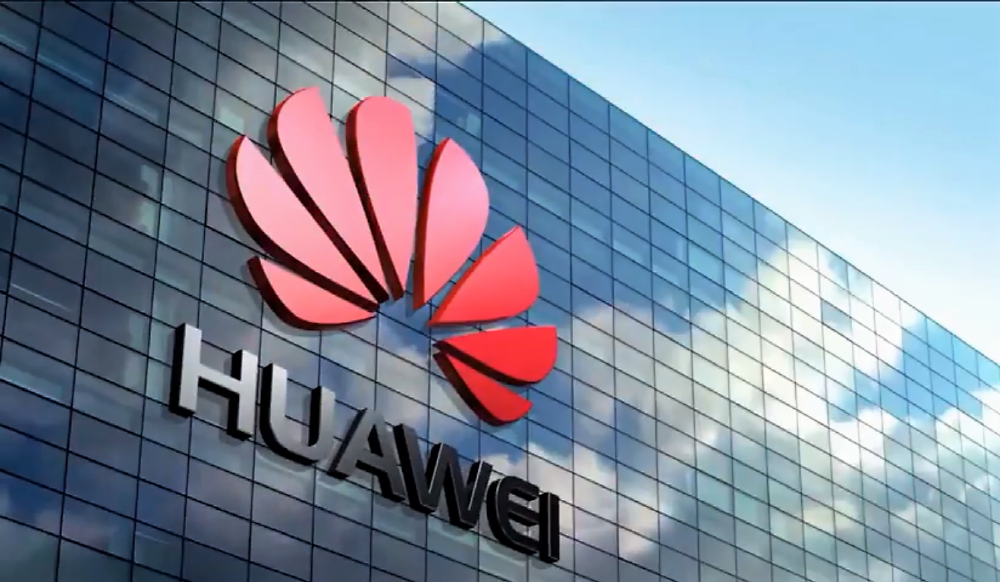
Meanwhile, 30 years after the Shannon limit problem became known, the study of achieving the Shannon limit in the 1980s has faded. However, Ankan, an international student from Turkey who studied information theory in the United States, devoted himself to Shannon’s limit research and conducted his own research for 20 years even after he got a job at Bilkent University in Turkey.
Professor Yang has developed a Polar Code with error correction codes that can theoretically reach Shannon’s limit by creating noisy and low-noise channels using a new process called channel polarization. Professor Ankan improved the theory over two years after the initiative and published a paper in 2009.
Professor Ankan initially thought that this theory was good, but even if implemented, he thought that it was not practical because it was unlikely to be comparable to existing error correction codes. Nevertheless, in 2011, he explained his ideas to American companies Qualcomm and Seagate and confirmed if they were interested in implementing them. However, he said he did not show interest.
But in 2012, Huawei researcher Wen Tong contacted him to confirm the possibility of Ankan’s theory. Tongwen is a researcher from Nortel Networks, a telecommunications device manufacturer in Canada, and was hired by Huawei after Nortel went bankrupt in 2009. Tongwen paid attention to Polar Code in 2009, but in 2012, when a young engineer was assigned to research Polar Code, he decided to put it into practice again.
In 2013, Huawei approved a $600 million budget for 5G research, most of which were allocated to Polar Code research. Huawei then devised software that implements the theory, and now Huawei holds more than two-thirds of the Polar Code related patents. One expert expressed the view that Huawei has invested a lot of time and effort in developing Polar Code, while other competitors are a few years behind.
Of course, polar codes must be implemented in 5G technology development, but 3GPP, a communication system standardization project, adopted some polar codes for 5G NR, a world standard technology for wireless connectivity in 5G networks in 2016. At the same time, Huawei said that Huawei products that can use Polar Code technology, which has conducted its own research, as a standard, enable data communication that is superior to competitors.
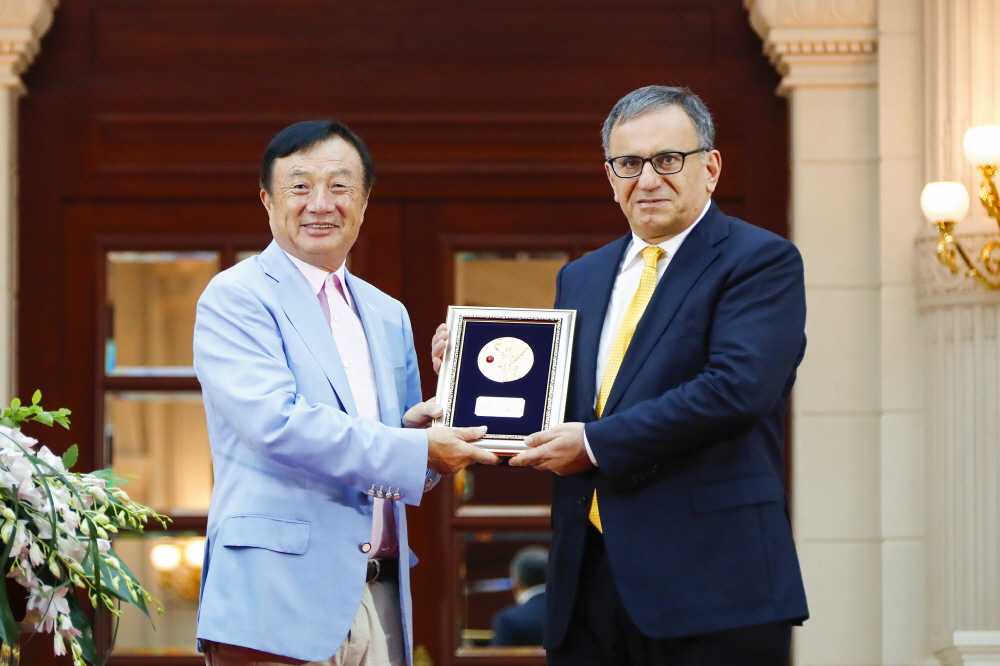
Huawei held an event to honor Professor Ankan’s achievements in inventing the Polar Code, and Huawei’s founder, Chairman Ren Jung-fei, awarded Professor Angkan a medal. Professor Ankan also said that he was a scholar who did not know how to promote the idea, and that without the steady efforts of Huawei researchers, Polar Code would not exist in 5G today.
As for the reason why the United States is lagging behind 5G technology, he points out that American companies were not active in the development of 5G network equipment, and that American companies rejected Professor Ankan’s proposal. Even if the U.S. tries to block the introduction of Huawei products, it is difficult to prevent the introduction of Huawei devices in Asia, Africa, the Middle East, and South America. In addition, companies other than Huawei need to acquire many technology licenses from Huawei, which has core technologies related to 5G network equipment development. Related information can be found here .

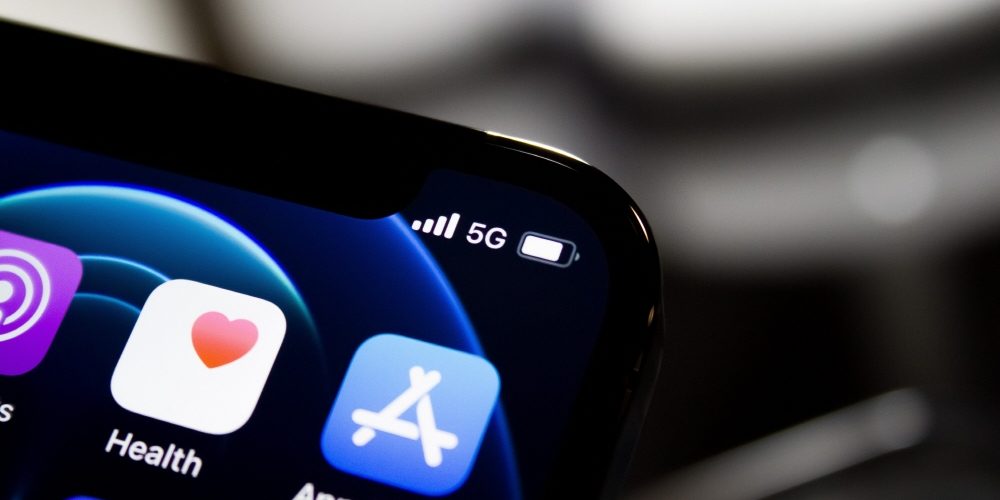

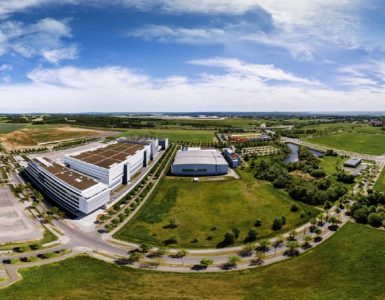















Add comment